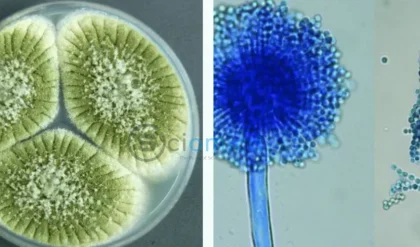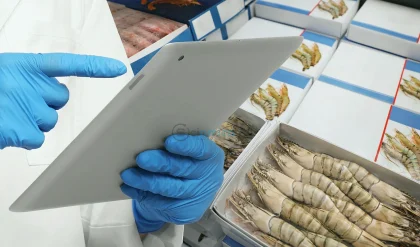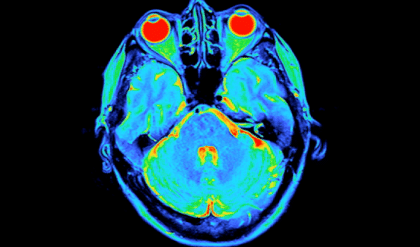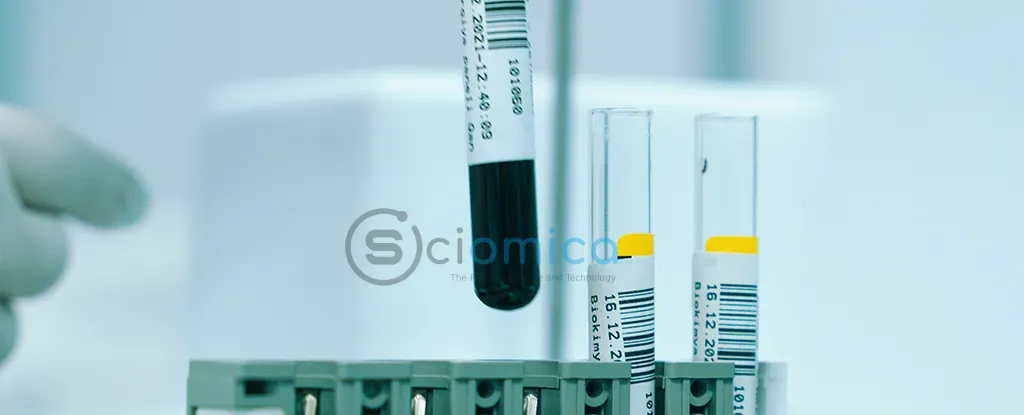
In a groundbreaking study, US researchers have shown that early detection of cancer through blood biomarkers can significantly improve recovery chances, potentially identifying tumors over three years prior to a clinical diagnosis. This promising development could revolutionize cancer screening methodologies.
Utilizing tiny fragments of genetic material, known as circulating tumor DNA (ctDNA), the research explores how these DNA signatures can be detected in the bloodstream, offering a reliable early warning system for cancer. “Three years earlier provides time for intervention,” stated Yuxuan Wang, an oncology researcher at Johns Hopkins University in Maryland. “The tumors are likely to be much less advanced and more likely to be curable.”
The study involved blood samples from 26 participants in a broader health initiative who were diagnosed with cancer within six months of sample collection. These samples were then compared with those from 26 individuals who did not develop cancer. The researchers employed advanced algorithms and multiple cross-checks to identify tumor-linked DNA modifications.
Results revealed that the multi-cancer early detection (MCED) test successfully flagged cancer in nearly 31 percent of participants who went on to receive a diagnosis. For 8 out of the 52 participants in the study, the test indicated the presence of cancer, showcasing its potential effectiveness.
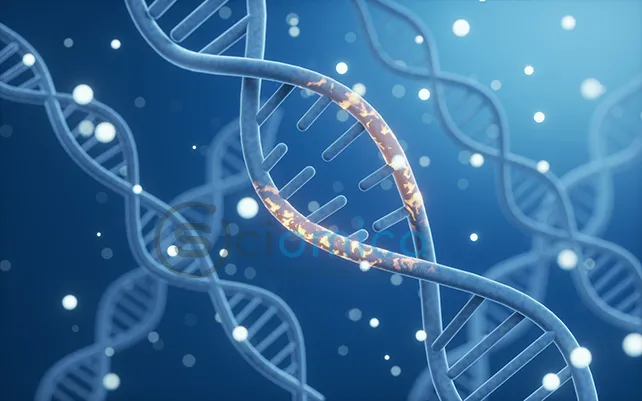
Additionally, older samples from 3.1 to 3.5 years prior were available for six of the eight flagged individuals. Cancer was detected in four of these cases, indicating that detectable DNA fragments from tumors had begun to appear long before diagnosis.
However, researchers caution that optimizing sensitivity in future blood tests remains crucial for early detection, as the levels of detectable ctDNA decrease significantly with time. Bert Vogelstein, another oncology researcher at Johns Hopkins, emphasized the study’s promise and its potential to set benchmarks for early cancer detection solutions.
The scientific community is making significant strides in identifying early cancer markers, yet the journey from proofs of concept to regulatory approval poses considerable challenges. Despite these hurdles, ongoing studies continue to enhance our understanding of cancer formation and the pathways to early diagnosis.
Recent advancements in cancer treatments further invigorate hope, including innovative therapies that target multiple cancer types. As autonomy in detection improves, survival rates are expected to rise, fostering optimism within the field. Nickolas Papadopoulos, an oncology researcher at the Ludwig Center, remarked, “Detecting cancers years before their clinical diagnosis could help provide management with a better outcome.” He noted the necessity of adequate clinical follow-up after any positive test results for these early detections.
This significant research will be detailed in the forthcoming edition of Cancer Discovery.

